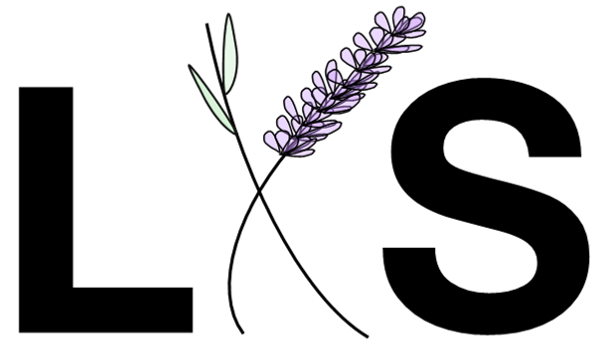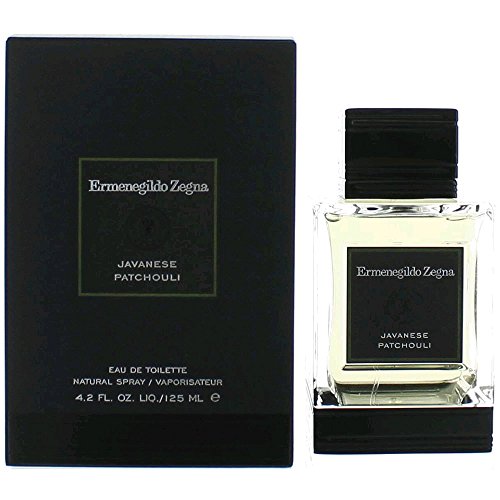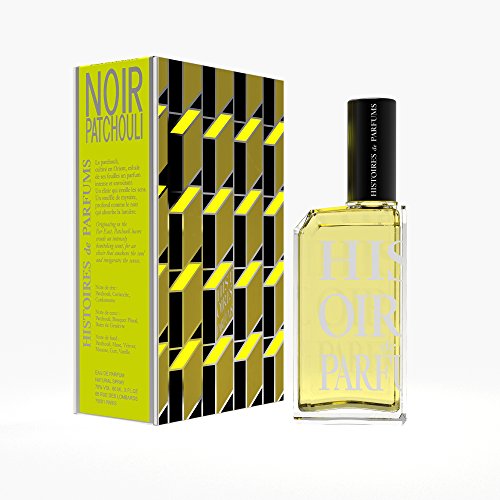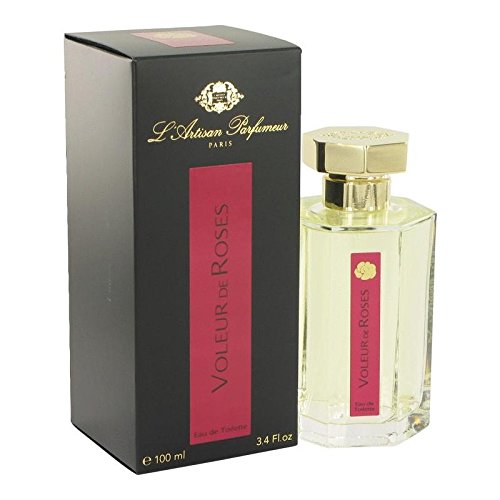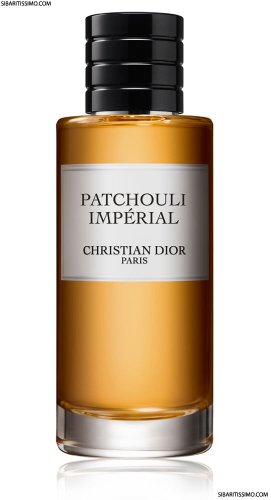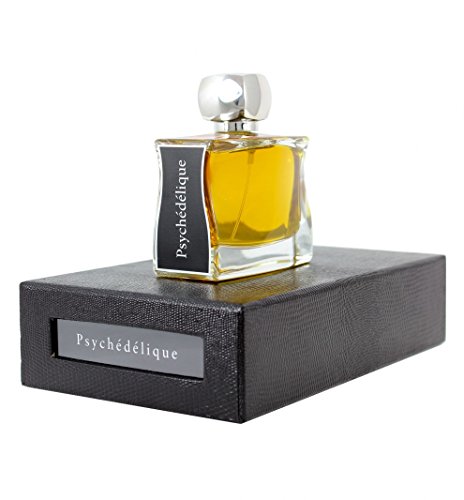Top 10 Patchouli Perfumes
Photo by Victoria Borodinova. Lavender and Spice is reader-supported. As an Amazon Associate, we may earn commissions from qualifying purchases from Amazon.com. We are not compensated for any other links on this site.
Western colonial culture has a much deeper association with the scent of patchouli than the more recent affiliation with the 1960’s and 1970’s counterculture movement in the United States, whose unwashed visages were heavily scented in synthetic patchouli fragrance oils. That association is with the scent of cannabis, which is similar in some respects.
Patchouli, which is native to the tropical regions of Asia, is a perennial herb and member of the mint plant family. Patchouli in Tamil, a South Indian language, means green leaf. The leaves and their oil have been used to treat skin conditions, depression, and other conditions and as an insecticide, antifungal, and antibacterial agent. The scent is woody, camphoreous, earthy, smoky, spicy, medicinal, and sometimes fruity.
Borneo 1834 recalls the introduction of patchouli leaves in Paris that year. Prior to that patchouli was used to scent cashmere as a sign of its provenance. Most of the these perfumes sell a romantic “orientalist” fantasy that is more marketing for Veblenian segmentation of the middle class than any direct reference to scents of a period. Take Chanel’s Coromandel released in 2007, which is in its own class as a scent in terms of sophistication and floral/patchouli blending. The name supposedly is an homage to Coco Chanel's treasured lacquered, wooden Chinese screens. The Coromandel Coast is actually on the southeastern coast of India, but came to be associated with Chinese imports in Europe as Chinese products were consolidated for shipping in Coromandel. Ironically, British trade interests eventually displaced French colonial power from India except for a couple of small enclaves that France retained until 1954. The scent is beautiful, but the name and its ideas are a tired mixture of fading neo-Baroque style and post-imperial bitterness.
Chanel has mastered so many times the ability to take a heavy floral, retain its sensuality, and tie it to an enveloping dry, sometimes sweet base. Here, the patchouli takes center stage with the jasmine. The patchouli is at times earthy, sharp, and elegant woods. It does come through at all stages and sets the tone despite this being a very well-blended perfume. The spicier vanilla scent from the resin benzoin is lifted by the brighter frankincense. This tension between the sweet/powdery and the sharp/dry is maintained with a dry wood set against the sweet amber.
Notes: Jasmine, Patchouli, Woody notes, Amber, Benzoin, Frankincense
2) Santa Maria Novella Patchouli
This is a classic combination of the lighter rose, narcotic jasmine and intense, medicinal patchouli resting in a bed of moss and dry wood. The rosewood note accounts for the citrus and terpenic note that many reviewers experience at the opening. It plays a similar role in the opening that coriander does in other compositions in this list. The camphor from the intensity of the central patchouli note probably plays more of a role in the medicinal blast that people note. The patchouli is dark, smoky, earthy, intense, but it is the lack of a retreat to amber, vanilla, or cistus that makes this character stand out. The sandalwood is a relatively neutral wood not and the moss only serves to accentuate the earthiness of the patchouli.
Top Notes: Rose
Heart Notes: Jasmine, Rosewood
Base Notes: Patchouli, Sandalwood, Oakmoss
This 2005 release by perfumer Christopher Sheldrake is a departure from the rose and patchouli scents of previous decades and predates the more austere woods compositions of the 2010’s. As with the Ava Luxe Cafe Noir, which tops our coffee perfume list, this composition includes cacao, but is not a gourmand. The nod to sweetness comes from the cistus, which is not dominant. Instead, the camphor, cardamom, and galbanum set a fresh green tone to match the “green leaf” meaning of the word patchouli from the Tamil language. The chocolate note is darker, but not sweet. There are earthy, smoky aspects to the patchouli, but the sharper, woody, refined edge wins out and blends with a dusty chocolate and sweet resin drydown.
Notes: Patchouli, Camphor, Cardamom, Cistus, Galbanum, Cacao
This 2012 release by perfumer Frank Voelkl sets the standard for clean, sophisticated patchouli with limited flourishes. Voelkl had experience building soliflore and other focused scents on top of a dry wood, most often cedar, base. He also has experience highlighting a dry patchouli, such as in the freshie Kenneth Cole Reaction (2004). All of this comes together so that Javanese Patchouli lets the star ingredient shine without becoming oppressive. Likely this is due to liberal use of patchoulyl acetate along with more restrained use of patchouli oil. The tonka and pepper play off each other well, providing just enough sweetness and coumarin to offset the dry cedar, but lifting this with the bright floral notes of pink pepper. The bergamot is a focus of this line from Zegna, and does come through in the opening to make the point. This is a solid daily wear, welcome at work and enjoyable to smell as skin scent.
Notes: Bergamot, Woods, Patchouli, Pink pepper, Tonka bean, Cedarwood
This reminds me of fancy multi-course tasting menus (Michael Mina) that produce extravagance by highlighting a given ingredient each course three different ways. Here, we have patchouli with brightening spices, patchouli with a bit of flower and fruit, and ultimately leather, musk and vanilla with patchouli. Throughout, the patchouli is smokey, dry, and elegant, not as much of the dirty side.
Top Notes: Patchouli, Coriander, Cardamom
Heart Notes: Patchouli, Flowers, Berries
Base notes: Patchouli, Musk, Leather, Vanilla
This 1993 release by perfumer Michel Almairac is unique in its ability to subdue both rose and patchouli into a narrative of the garden after the fact, the roses have been stolen by the storm. Whereas many patchouli fragrances remove the dirty aspect, Almairac uses the dirty to create the moist garden soil. The geranium listed is often identified as plum by reviewers.There is a fruity note that can develop in the drydown of some patchouli fractions that would blend well with the geranium and rose fruitiness. The spicy aspect of patchouli comes in part from alpha-guaiene, which at 20% of some oils is sweet, woody, and peppery, and caryophyllene, which is a dry clove spice. This blends well with the methyleugenol and eugenol clove spiciness of rose. This is light, drying down to a powdery rose, but also bright and fresh for its focus on the earthiness.
Notes: Geranium, Rose, Patchouli
This is one of the densest, most intense interpretations of patchouli on this list. You get the boozy cognac, tobacco, resin, leather, vanilla, peat pounding through and wonder if this could possibly work. For many, this will not work. But for those who are looking for a dark patchouli, who run towards the earthiness, the depth of well-worked support is astounding. This is a scent to be worn at a party celebrating the end of something.
Top Notes: Bark bitter orange, Tangerine confit, Dried rose
Heart Notes: Cognac amber, Tobacco leaves, Cocoa roasted almonds, Old oak, Patchouli
Base Notes: Benzoin, Ambergris, Peat, Tabac blond, Vanilla, Honey, Leather
This 2011 release by perfumer François Demachy fits in the period of cleaned up woody patchoulis (e.g. Zegna’s 2012 Javanese Patchouli). The coriander mostly provides freshness (more than half of the content is linalool), along with accentuating the camphoreous note from the patchouli. Coriander also brings a fruity, rose, lavender note to the composition. This is a soft, light, smooth sandalwood, with some richness. If you are looking for a clean, but not too clean, patchouli-centered fragrance, this could be a daily wear.
Notes: Russian coriander, Indonesian patchouli, Sandalwood
This 2009 release by perfumer Marie Duchêne is a forerunner of the cleaned up, sophisticated modern patchouli style we see in Patchouli Impérial (2011) and Javanese Patchouli (2012). This version retains a rough and dirty earthiness while reigning things in with the dry cedar and frankincense. This is a well-rounded perfume with many facets, but also clearly a patchouli vehicle.
Top Notes: Citrus, White pepper
Heart Notes: Frankincense, Patchouli, Gaiac wood, Cistus, Jasmine
Base Notes: Cedarwood, Amber, Oakmoss, Sandalwood, Tonka
This 2011 release does not fit easily with the spare versions focused on clean, woody patchouli. This is bold, medicinal patchouli riding on a bright citrus wave and then slamming into an amber, resinous pool scented with vanilla and musk. An assertive take that does not descend into cloying sweetness. However, if we decided to go this direction, the tobacco, cognac/whiskey, and leather symphony of Horizon is more attractive.
Top Notes: Citrus notes
Heart Notes: Rose, Geranium, Amber, Patchouli, Cistus labdanum
Base Notes: Musk, Vanilla
